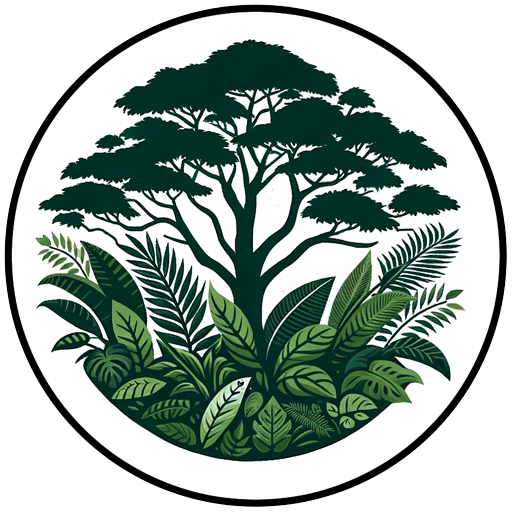Today is Amazon Rainforest Day.
To mark the occasion, here are a few facts and figures about the world’s largest tropical rainforest:
🌳 The Amazon is the world’s largest rainforest, bigger than the next two largest rainforests — in the Congo Basin and Indonesia — combined.
🌳 At 6.9 million square kilometers, the Amazon Basin is roughly the size of the contiguous United States and covers about 40 percent of the South American continent. The Amazon rainforest — biogeographically defined to include the rainforest in the Guianas, which lie outside the Amazon Basin — spans about 8 million square kilometers, with just over 80 percent forested
🌳 The Amazon River is by far the world’s largest river by volume, carrying more than five times the volume of the Congo and twelve times that of the Mississippi. It has over 1,100 tributaries, 17 of which are longer than 1,000 miles (1,600 km).
🌳 The Amazon River once flowed westward instead of eastward as it does today. The rise of the Andes caused it to flow into the Atlantic Ocean.
🌳 The Amazon is estimated to host 16,000 tree species and 390 billion individual trees.
🌳 30% of the world’s species are estimated to live in the Amazon, including over 40,000 plant species, 3,000 fish species, 1,300 bird species, 430 mammals, 1,000 amphibians, and 400 reptiles. More than half of the Amazon’s species are thought to reside in the canopy.
🌳 Nearly two-thirds of the Amazon rainforest is located in Brazil.
🌳 70 percent of South America’s GDP is produced in areas that receive rainfall or water from the Amazon. The Amazon influences rainfall patterns as far away as the United States.
🌳 Cattle ranching and feed production for livestock account for more than 80 percent of deforestation in the Amazon.
🌳 On paper, nearly half the Brazilian Amazon is safeguarded in Indigenous territories and protected areas.
🌳 Deforestation in the Amazon declined between 2004 and 2012, largely driven by Brazil’s falling deforestation rate. This decline was attributed to macroeconomic trends, the establishment of new protected areas and indigenous territories, improved law enforcement, satellite-based deforestation monitoring, pressure from environmental groups, and private sector initiatives. Deforestation increased from 2013 to 2022 but reversed in 2023, dropping to its lowest level since 2018.

